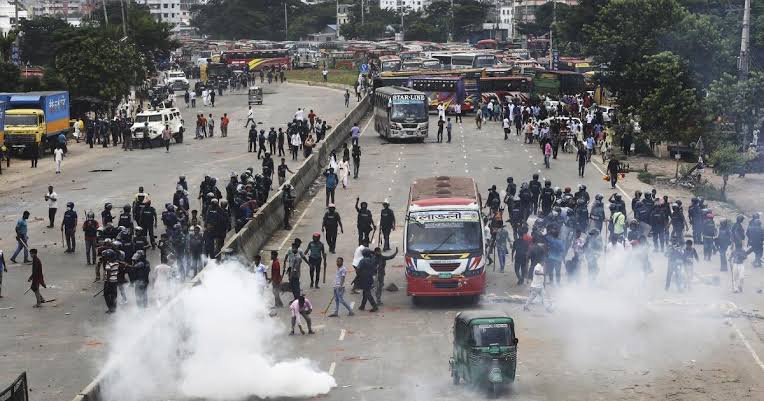Bangladesh, a nation of over 160 million people, has been embroiled in a deepening political crisis that culminated in the resignation of Prime Minister Sheikh Hasina on August 5, 2024. The country has been plagued by widespread protests, violence, and unrest, leaving many wondering what sparked the chaos and what’s next for Bangladesh.
The Spark that Ignited the Flames
The protests began as peaceful student demonstrations against civil service employment quotas, which many saw as unfair and biased towards the ruling party. However, the movement quickly gained momentum, snowballing into a nationwide campaign demanding Hasina’s resignation. Protesters accused her of rigging elections in January and consolidating power.
Escalating Violence and Unrest
As the protests intensified, security forces attempted to quell the unrest, resulting in the deaths of nearly 300 people. The situation spiraled out of control, with the storming of Hasina’s official residence and the military’s decision to form a caretaker government.
The Role of the Military
Bangladesh’s military has taken control of the country, with Army chief General Waker-Uz-Zaman announcing the formation of a caretaker government. The military has appealed for calm and patience as they navigate a way forward.
International Response
The European Union has called for an orderly and democratic power transition, while Hasina has fled to India, seeking refuge.
What’s Next for Bangladesh?
As the country teeters on the brink of uncertainty, many questions remain unanswered. Will the caretaker government be able to restore stability? Can free and fair elections be held? Only time will tell.
Bangladesh’s current situation is a complex web of political intrigue, social unrest, and economic uncertainty. As the nation navigates this tumultuous period, it’s essential to prioritize democratic values, human rights, and inclusive governance to ensure a brighter future for all Bangladeshis.

